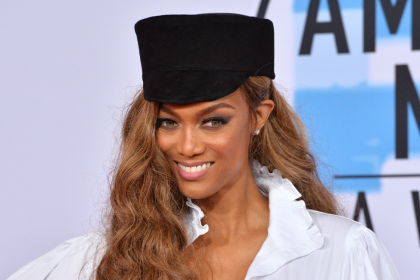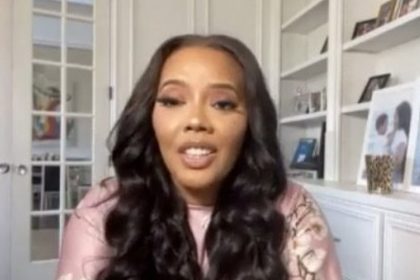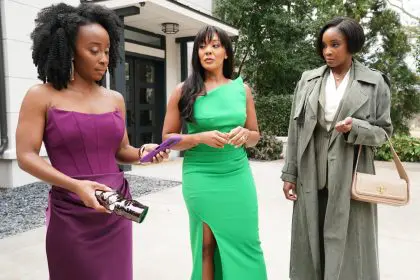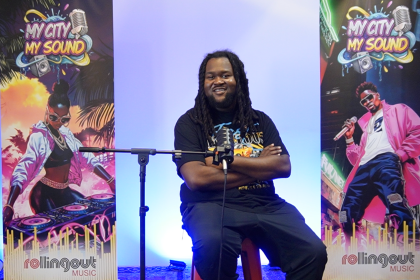
Charmaine Parker is the publishing director of Strebor Books, and she is also Zane’s big sister. Parker has released her new book on family and love, Next Phase of Life. Here, she tells rolling out all about it.
What inspired you to write this book?
I wanted to show how a 40-something, successful woman desires what she believes is an ideal mate but overlooks someone simply because he doesn’t fit into her criteria. I also decided to create two sisters who reunite but have contrasting lifestyles and if that affects their relationship. In addition, life is short and having my own close network of friends, I wanted to show how female bonding and camaraderie is healthy. I demonstrate this with the relationship Tai has with her two sidekicks, Candace, a fashionista; and Nevada, a journalist turned detective. They share adventures and cherish life to the fullest.

Your character Tai looks for love after she established a successful career. How do you explain the high incidence of single successful sisters?
The number of available men is slim, particularly if single sisters have specific criteria for a husband. Many men don’t fall into those categories and often women limit themselves on the type of companion they are seeking. I’m not suggesting for a woman to lower her standards but perhaps be open-minded.
Let’s talk about sisterhood. In the book, Tai tries to connect with her long-lost sister Trista. How was your relationship with your sister Zane growing up? Did you cull any sisterhood experiences from your youth for the book?
Zane is my baby sister and we came of age in different eras. I was looked at as the “big sister” and I played that role. I believe that you can vary in age, lifestyle and personality and still bond. We were brought up in a close-knit family, including our extended family, and therefore we were taught to be loving and supportive. In the book, after they reunite after decades, Tai takes her younger sister, Trista, under her wings without hesitation. I would do the same.
Professionally speaking, how did you make the transition from journalism to fiction writing? For you, which side of the
industry has the greener grass?
As a working journalist, I was a reporter, copy editor, production editor, managing editor and more. I believe I eventually wore all hats in the newspaper industry. My position as a copy editor and experience as a features writer interviewing celebrities and other personalities helped me polish my editing and writing skills. It was somewhat of a lateral move from journalism to fiction, particularly since I started in publishing as an editor. The main difference was that when I wrote news stories, I focused on facts, and in fiction, I was creating stories, characters and events. Both industries are appealing; readers will always want to know what is happening in the world and society, and then readers also crave novels, where they can escape from the real world. Both also have been affected by technology: many newspapers have folded or downsized because of the Internet, and the publishing industry has changed since the introduction of e-books.
How do you balance your work with your personal life?
I often work around the clock as my position as publishing director keeps me with a constant goal to meet deadlines. I’m always told by people that they don’t understand how I can do everything I do. I believe that my newspaper days of wearing multiple hats has helped. I’m definitely a multi-tasker and work on various projects simultaneously. I manage to juggle my work and personal life although it can be a challenge. Although despite what’s on my agenda, I insist on finding some “me” time. It’s vital to cherish each day. You can be a workaholic but you can always find time for your personal life. As a mother and wife, I have to ensure that I’m flexible. I believe there is always room to improve time management skills.
What do you want readers to gain from reading your book?
Relationships with friends and siblings are important. You should take life seriously and live each day as if it were your last. Celebrate
life and never take it for granted. And for ladies, one message in the book is forty is the new twenty.















